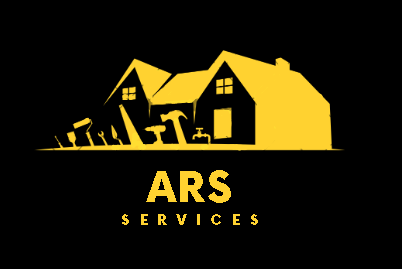Chimney removal refers to the process of dismantling and eliminating a chimney from a building's structure. There are various reasons why someone might choose to remove a chimney, such as:
-
Non-functional or Unused: If a chimney is no longer in use or is non-functional (not venting any appliances), it may be removed to free up space or eliminate potential safety hazards associated with old or deteriorating chimneys.
-
Renovations: During building renovations or remodeling projects, homeowners might decide to remove a chimney to create more interior space or to alter the layout of the property.
-
Structural Issues: Chimneys that are damaged, leaning, or posing a structural threat due to age, weathering, or poor construction may need to be removed for safety reasons.
-
Energy Efficiency: Some homeowners choose to remove chimneys to improve the energy efficiency of their homes, especially if they no longer use fireplaces or other heating appliances that rely on the chimney.
-
Roof Repairs: In some cases, chimney removal might be necessary to address roof repair or replacement needs, especially if the chimney is causing leaks or other roof-related issues.
Here are the general steps involved in chimney removal:
-
Inspection and Permits: Before starting the removal process, it is essential to have the chimney inspected by a qualified professional to determine the scope of work and any potential hazards. Additionally, local building permits might be required for the demolition work.
-
Disconnecting Utilities: If the chimney serves as a vent for heating appliances, such as a furnace or water heater, the utilities connected to the chimney should be safely disconnected and rerouted before starting the removal.
-
Roof and Flashing Removal: The removal typically begins from the roof. Roofing materials and flashing around the chimney are carefully removed to access the chimney structure.
-
Dismantling: The chimney is dismantled piece by piece, starting from the top and working down. This process may involve chipping away mortar, removing bricks or stones, and disassembling the flue liner.
-
Reinforcement: After the chimney is removed, the opening in the roof and the surrounding area may need reinforcement and repair to ensure structural integrity and water-tightness.
-
Repair and Restoration: Once the chimney is removed, the roof and any affected areas inside the building are repaired and restored to their original condition.
Chimney removal can be a complex and potentially hazardous process, so it is crucial to hire a qualified contractor experienced in chimney removal and to comply with local building codes and safety regulations. Additionally, it's essential to consult with professionals to assess whether the chimney removal might affect other systems in the house, such as the heating and ventilation.
